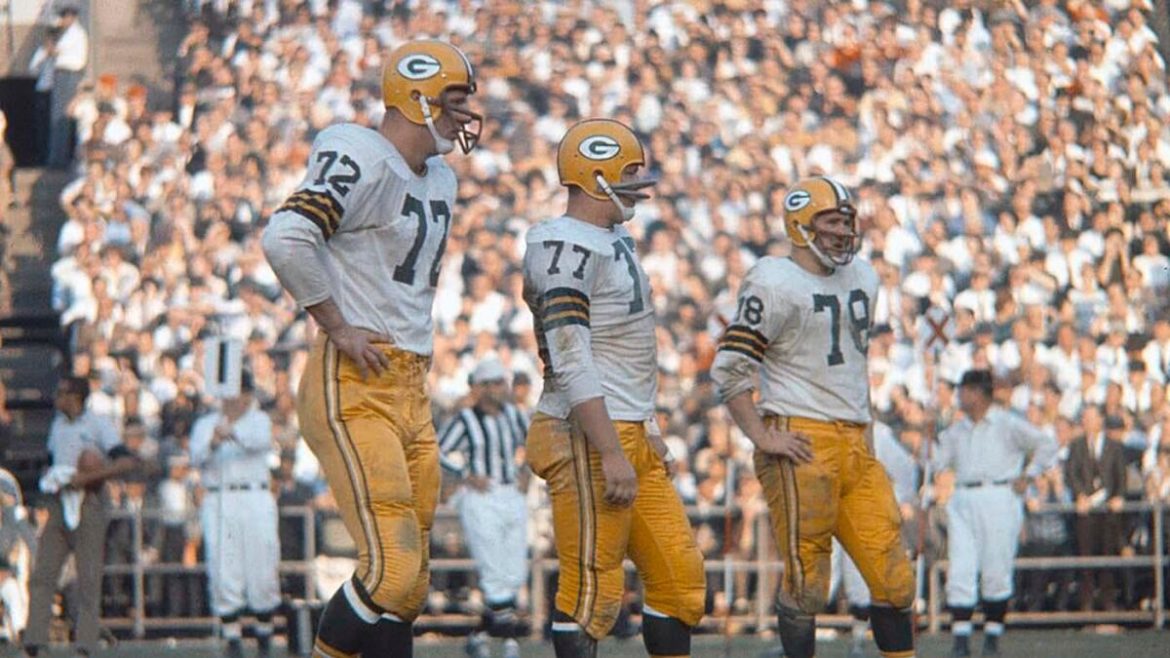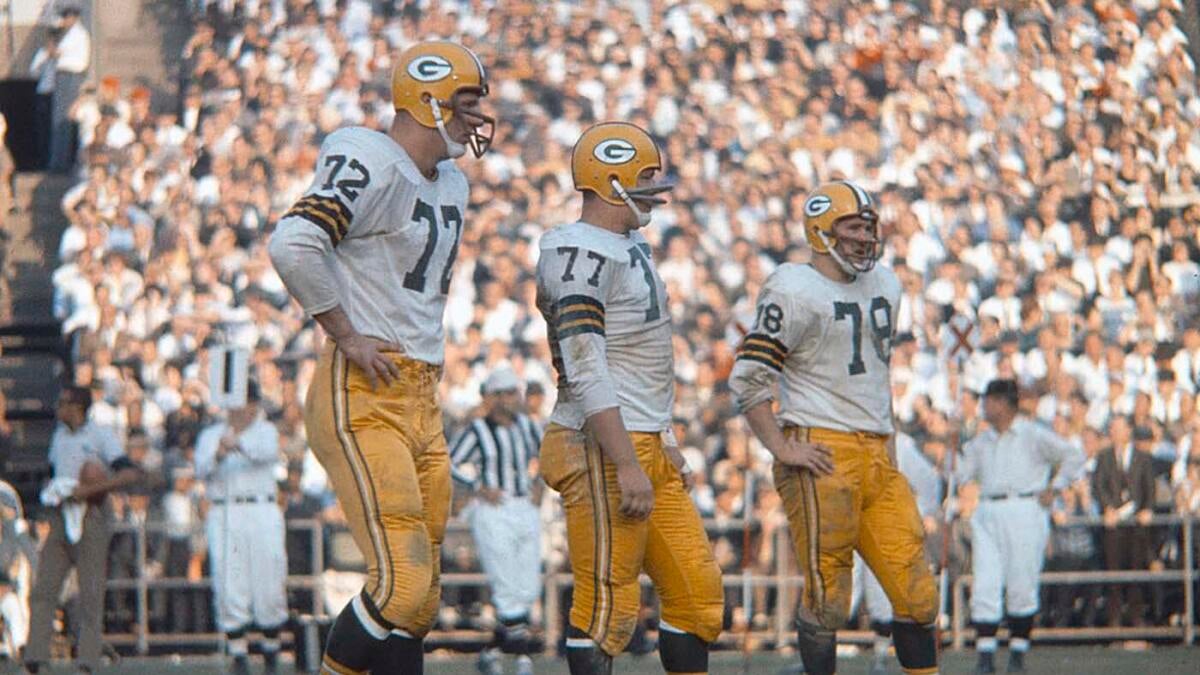Steve Wright: Football Legacy Immortalized in the Walter Payton Man of the Year Trophy
Steve Wright, who passed away at age 82, was a towering figure in American football history—not just for his on-field accomplishments as an offensive lineman but for his unique role immortalized in the NFL’s Walter Payton Man of the Year Award trophy. His legacy spans collegiate success, professional football’s storied Lombardi era, and finally a lasting symbolic stature represented in bronze.
Early Career and Collegiate Foundations
Wright’s football journey began at the University of Alabama where he played under the legendary coach Bear Bryant from 1961 to 1963. His performance as an offensive tackle at Alabama set the foundation for his professional career, showcasing the blend of size, strength, and technique necessary to succeed in the trenches of football’s most demanding positions.
Transition to the NFL and the Lombardi Years
After college, Wright joined the Green Bay Packers during the Vince Lombardi era, a time marked by discipline, success, and iconic football moments. As a member of the Packers offensive line, Wright contributed to a dominant team culture that won multiple championships. Although he may not have been a household name in the pantheon of football legends, his role was vital in protecting quarterbacks and anchoring the offensive front, embodying the grit and resilience emblematic of Lombardi’s squads.
The Model for Man of the Year Trophy: A Unique Honor
What truly sets Steve Wright apart is the extraordinary distinction of being the model for the trophy awarded annually to honor the NFL’s Walter Payton Man of the Year. Originally known as the “Gladiator Award” when first awarded to Bart Starr in 1969, this trophy was later renamed in 1999 after Walter Payton, an NFL Hall of Fame running back renowned not only for his on-field skills but also his community service and humanitarian efforts.
The trophy’s sculpture, capturing the physique and stance of an NFL lineman, was created in Wright’s likeness. Standing at 6-foot-6 and weighing 250 pounds during his playing days, Wright’s impressive physical stature embodied the strength and nobility associated with the award itself. Over the decades, the bronze figure has remained unchanged, symbolically linking Wright’s form to countless players recognized for excellence on and off the field.
Impact and Recognition Within the Football Community
Steve Wright’s death was mourned by former teammates, Packers fans, and the broader NFL community. While many remember him for his role in Lombardi’s Packers teams, his lasting physical imprint on the Man of the Year trophy offers a daily reminder of his dedication and presence to all who see or receive the award.
Moreover, his legacy subtly weaves through football history—from collegiate contests at Alabama, through the NFL’s golden era under Lombardi, to the humanitarian spirit echoed in the award bearing his image. Modern NFL figures and past recipients continually honor the award’s inspiration, which directly ties back to Wright’s unique contribution.
Conclusion: A Quiet, Enduring Legacy Cast in Bronze
Steve Wright’s life and career illustrate how impact in sport transcends statistics and highlight reels. Though his playing days concluded decades ago, his presence remains palpable in an award that recognizes character, integrity, and commitment both on and off the gridiron. Wright’s towering figure, immortalized as the Walter Payton Man of the Year trophy, ensures his memory endures, symbolizing the very virtues the NFL strives to celebrate.
His passing invites reflection on the many ways athletes contribute to the game’s culture and legacy—not only through physical performance but also through symbolic roles that inspire others to excel in both sportsmanship and community leadership. Steve Wright’s bronze likeness stands as an enduring tribute to a football career and life quietly woven into the fabric of NFL history.





